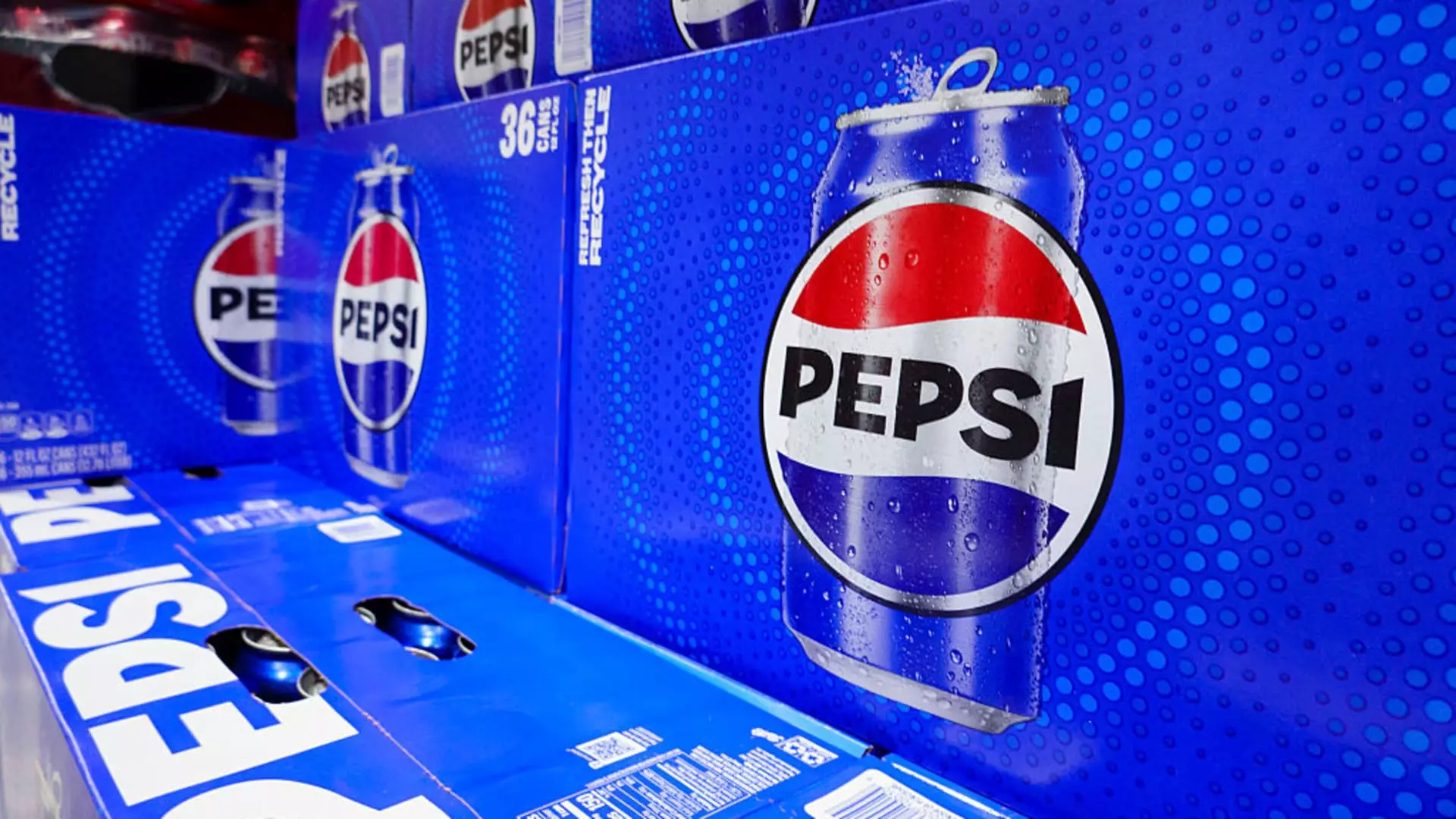PepsiCo’s recent financial report appears, at first glance, to paint a picture of modest growth and resilience. Yet beneath the surface, this narrative masks deeper issues of stagnation and strategic missteps. The company’s attempt to portray its performance as a triumph over analyst expectations is reminiscent of a well-rehearsed act, distracting from the real struggles faced in a market awash with volatility. While earnings per share and total revenue edged above forecasts, the actual demand for Pepsi’s core offerings continues to wane, highlighting a dissonance between superficial gains and underlying consumer trends. This disconnect suggests that Pepsi’s confidence in its turnaround efforts may be overly optimistic, rooted more in temporary cost-cutting maneuvers than genuine market expansion.
Cost Cutting and Restructuring: Short-Term Fixes or Long-Term Failures?
Pepsi’s strategy of shuttering manufacturing plants, trimming marketing spend, and streamlining logistics seems designed to boost short-term margins. However, such measures risk compromising the brand’s vitality in the long run. Eliminating production capacity and tightening marketing budgets may improve quarterly figures, but these actions threaten to diminish consumer touchpoints and erode brand loyalty. The decision to close plants and cut costs also signals a reactive approach, rather than a proactive plan that addresses fundamental consumer shifts. When a company relies heavily on cost-cutting instead of innovation, it signals a waning confidence in organic growth—an acknowledgment that its traditional product lineups and market positions are no longer sufficient to sustain future success.
The Illusive Promise of “Healthier” and Diversified Offerings
Pepsi’s focus on healthier snacks and multicultural products reflects the ongoing industry trend, but it exposes the company’s struggle to reinvent itself effectively. Merely relabeling or remixing existing products does not guarantee consumer engagement if core offerings remain lackluster. The recent emphasis on protein-based snacks and multicultural options like Siete Foods and Sabra suggests a recognition that traditional soda and snack lines are losing their luster. Yet, this shift feels more like a patchwork than a transformation—an attempt to chase fleeting dietary fads instead of deeply understanding what consumers truly want.
The company’s plan to relaunch beloved brands like Lay’s and Tostitos under new banners appears as a superficial attempt to revive lagging sales rather than a strategic repositioning driven by genuine consumer insights. Without authentic innovation and a commitment to quality over gimmicky segmentation, these efforts risk sounding hollow. Moreover, the focus on improving in-store placement and logistics reveals a desperation to maintain shelf presence while neglecting the need to innovate product excellence.
The Specter of Market Stagnation and Future Uncertainty
Despite the optimism spun by executives, the outlook remains tenuous. Pepsi’s guidance of low single-digit organic revenue growth and flat earnings per share indicates a company struggling to find its footing in a rapidly changing landscape. Forecasting a “low-end” target amid persistent demand softness suggests that the company is aware of its vulnerabilities but unwilling or unable to chart a bold, transformative course. Instead, it opts for cautious incrementalism—a strategy built on cost efficiencies rather than revolutionary differentiation.
This cautious stance may be prudent given the economic turbulence and tariffs looming over the global supply chain, but it also risks turning Pepsi into a complacent follower rather than a leader. If the company continues to rely on rate cuts, minor product tweaks, and logistical efficiencies, it may secure short-term stability but at the expense of long-term relevance and growth.
A Question of Corporate Courage and Consumer Trust
Pepsi’s current trajectory exposes a crisis of confidence—not just in their products, but in the company’s capacity to innovate through authentic consumer engagement. As the market becomes increasingly polarized between health-conscious consumers and those craving genuine novelty, Pepsi’s half-hearted attempts risk alienating both groups. Its emphasis on cost-cutting and reshuffling priorities indicates a leadership hesitant to embrace the bold changes needed to genuinely connect with the evolving consumer base.
Without a sincere commitment to quality, innovation, and brand integrity, Pepsi risks becoming a hollow giant, clinging to outdated strengths while its competitors forge ahead with more authentic and disruptive offerings. The challenge for Pepsi is not simply to survive the current downturn, but to reimagine itself as a company driven by purpose, transparency, and respect for consumer intelligence—qualities that seem increasingly absent from its recent strategy.
Ultimately, Pepsi’s future hinges on whether it can muster the courage to abandon superficial quick fixes and invest in genuine innovation that resonates with today’s complex, conscious consumer mindset. Anything less risks relegating the brand to a declining segment of a shrinking market—an ignominious fate for a global powerhouse that once defined the beverage industry.

